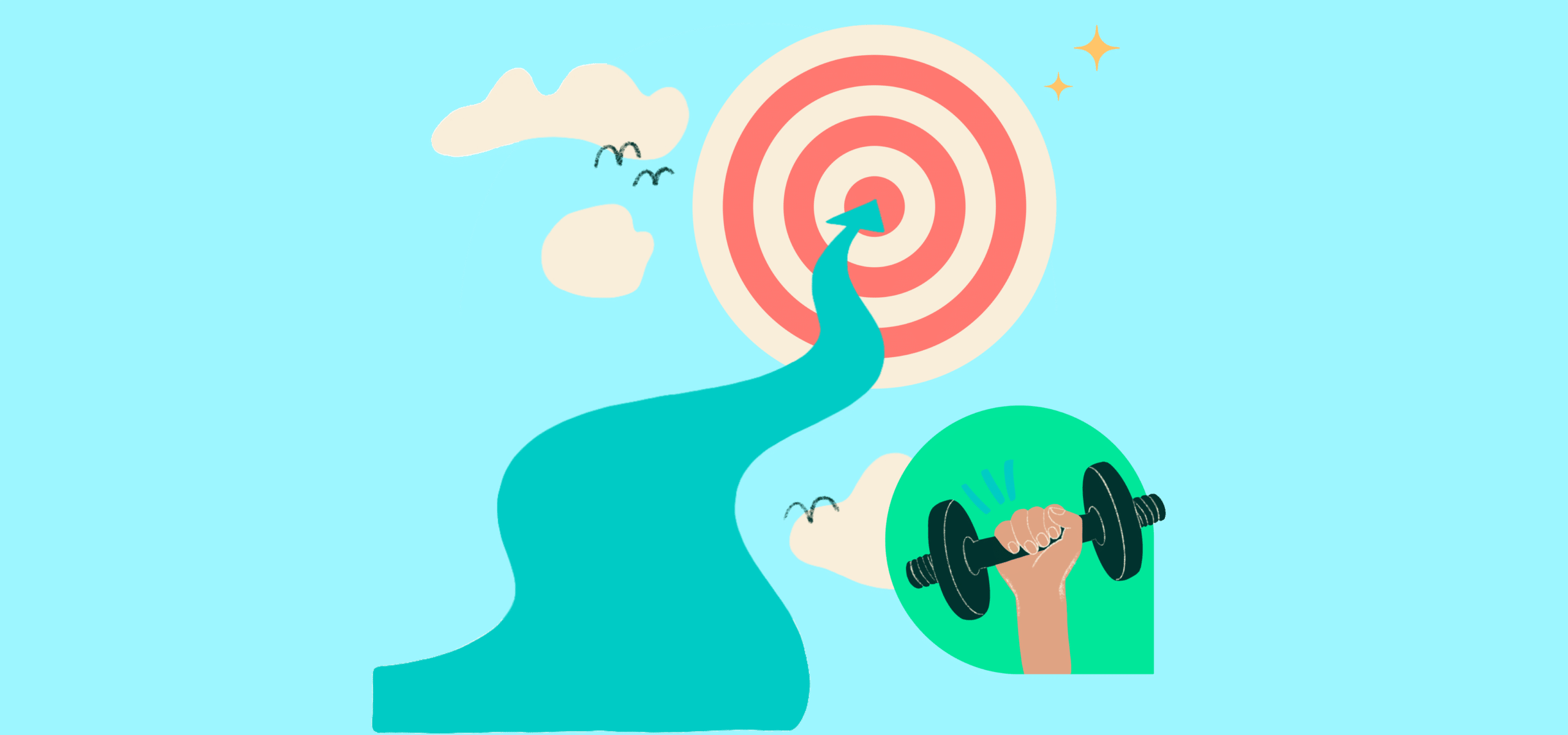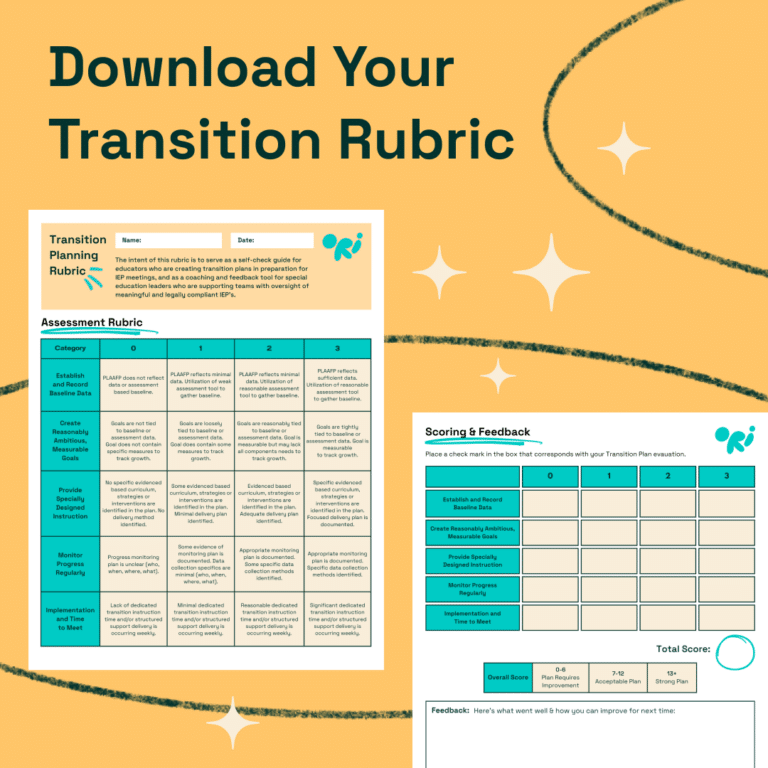


Daily living skills are essential for students to manage personal and practical tasks independently. This guide is designed to assist educators in creating effective IEP goals for daily living skills, aiming to enhance students’ abilities to perform everyday activities effectively and independently.
Daily living skills encompass a broad range of practical abilities needed for everyday life, including personal hygiene, cooking, cleaning, money management, and the use of public transportation. For students with special needs, mastering these skills is crucial for achieving independence and improving quality of life.
Incorporating goals focused on daily living skills into a student’s Individualized Education Program (IEP) is vital for promoting self-sufficiency. These goals help students build the necessary competencies to perform day-to-day tasks, which are critical for their personal development and future independence.
Effective daily living skills IEP goals should align with the student’s Present Levels of Academic Achievement and Functional Performance (PLAAFP) and comply with educational standards under the Individuals with Disabilities Education Act (IDEA). This ensures that the goals are personalized and actionable.

Disclaimer: These sample goals should be customized to fit the individual needs of each student.
By focusing on daily living skills in IEPs, educators can equip students with the essential abilities needed for personal independence and societal integration. These skills not only foster self-reliance but also enhance students’ confidence and potential for future success.
Explore Ori Learning’s resources to find comprehensive strategies and materials that support the implementation of effective daily living skills IEP goals. Our curriculum is designed to provide educators with effective tools to enhance instruction and support the development of crucial life skills.
